After six months with the Ford Ranger Wildtrak Supercab: an honest verdict
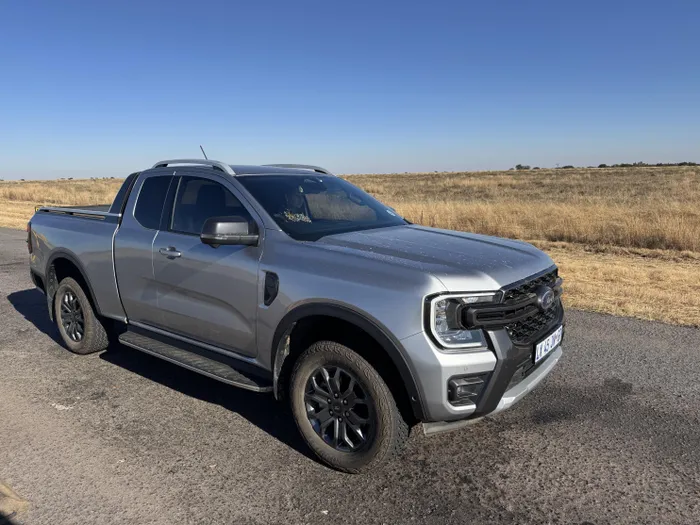
The Ford Ranger Wildtrak Supercab has been a trouble-free companion for 10 000 kilometres.
Image: Kevin Ritchie
It was time to hand the keys of our long-term Ford Ranger Wildtrak Supercab back, but not before a final road trip to Hoedspruit in Limpopo.
My partner and I had taken a few days off to explore that part of the world surrounded by the Kruger National Park and a myriad of private game reserves and hunting lodges.
We don’t have the budget for those fancy places, so we settled instead for a self-catering tented camp close to the Orpen gate.
There’s a lot to be said for the crackle of a fire under the evening stars, with a drink and meat on the grill, with an occasional roar of a lion in the background.
Bags, fridges and wood
We loaded our bags behind the seats and the fridge, ammo boxes with our food, wood (because braai) and odds and ends we thought we may need into the loadbox using the handy fastening rings to prevent them from sliding around.
It does have a solid roller shutter, but dust will always be your enemy, hence our bags being stored inside.
We filled up with diesel and pointed the nose towards the N4, set the adaptive cruise control to the speed limit, connected our phones for music to the 12-inch touchscreen Sync 4 infotainment system and settled down for a comfortable cruise.
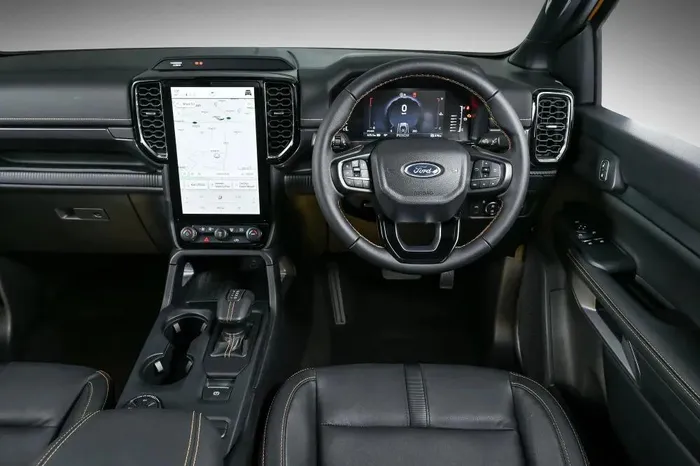
The interior of the Ranger Wildtrak Supercab has all the creature comforts you may need.
Image: Supplied
Interior, engine and tech
Phones connect wirelessly and in the six months we had the bakkie, it connected every time without a hitch.
Fitted with Ford’s 2.0-litre Bi-turbo diesel engine producing 154kW and 500Nm and coupled to a 10-speed automatic transmission the Ranger cruises along effortlessly.
Seating is comfortable and it really is an ideal long-distance companion.
Instead of going through Dullstroom we took what the bakkie’s GPS thought was a better route.
Turns out a 10 kilometre stretch on the R36 into Mashishing (Lydenburg) is essentially a previously tarred road that is now a hole infested, highly dangerous access with large coal trucks and taxis trying their best to avoid each other.
Even the Ranger’s normally composed suspension had a hard time as we bumped and jolted our way slowly along the gauntlet.
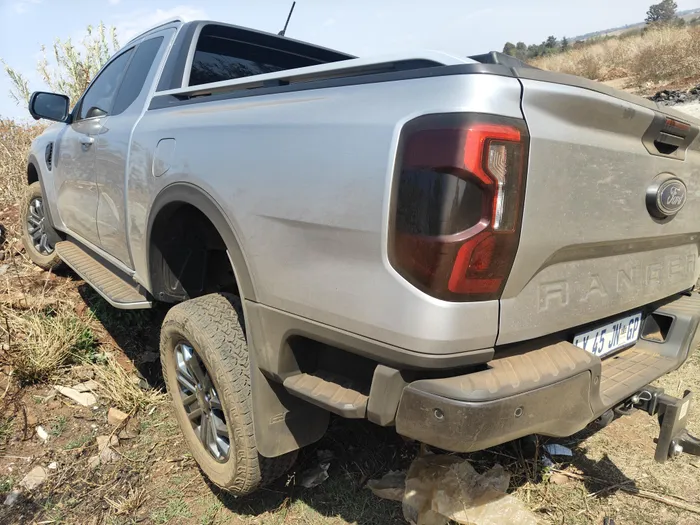
The Ranger Wildtrak Supercab is equally at home on the the tar or in the dirt.
Image: Willem van de Putte
62 corners
Once through the town, with not dissimilar road conditions, the Abel Erasmus Pass with its 62 bends, corners and curves lay ahead.
When it comes to bakkie driving dynamics, the Ford Ranger is a cut above everything else on the market, except obviously, its Raptor sibling.
I wouldn’t say we scythed through the pass, but having raced in the Toyota GR Cup this year, I have a better understanding of entry and exit points and how far a vehicle can be pushed until my partner suggested that if I wanted to share a bottle of wine with her that evening, it would be better if I slowed down.
Heading towards camp on a gravel road, the Ranger moves easily to 4H for improved handling, and if needed, there are six driving modes adjusted by a dial on the centre console.
Apart from a drive to the Blydepoort Dam and a very informative session around the area on a boat, the Ranger remained inactive for the most part.
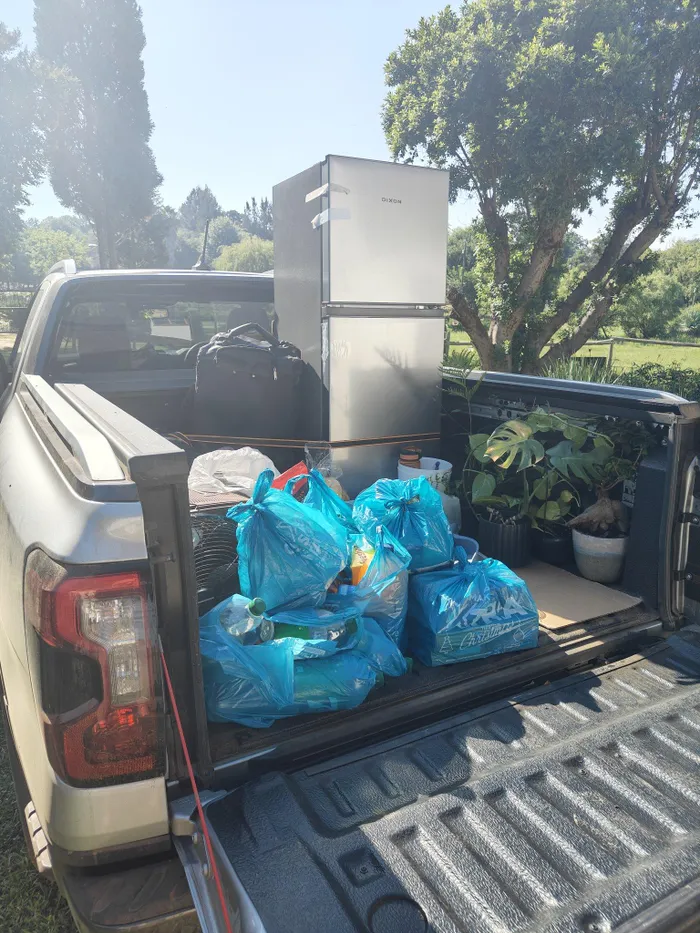
The Ford Ranger Supercab carted a number of things around during the time we tested it.
Image: willem van de Putte
FordPass app
I had downloaded the FordPass app, which is easily done and provides essential information and some nice-to-haves like remote unlocking and starting, allowing you to set the interior temperature to your liking before driving off.
You can check your fuel level, oil condition, tyre pressure, battery, and if someone else is using the car, see exactly where it is. Service booking can also be done via the app.
Having learnt our lesson, we drove back via Dullstroom, a much better option considering the road has been recently patched and repaired.
Being a Sunday, the N4 was rather busy, and it continues to frustrate and amaze me how fellow road users behave.
There’s an absolute disregard for the rule of the road, how some vehicles get past roadblocks and police without being impounded, boggles the mind (well, we know how), and as much as authorities try with “arrive alive” campaigns, it seems we prefer the Grim Reaper’s more effective programme.
Consumption
When we stopped after 990 kilometres, fuel consumption stood at 9.0l/100km and total consumption for the period we had it was 9.3l/100km. Not bad for a bakkie weighing in at 2,285kg and big 18-inch alloys wrapped with Good Year Wrangler All Terrains after just more than 10 000 kilometres.
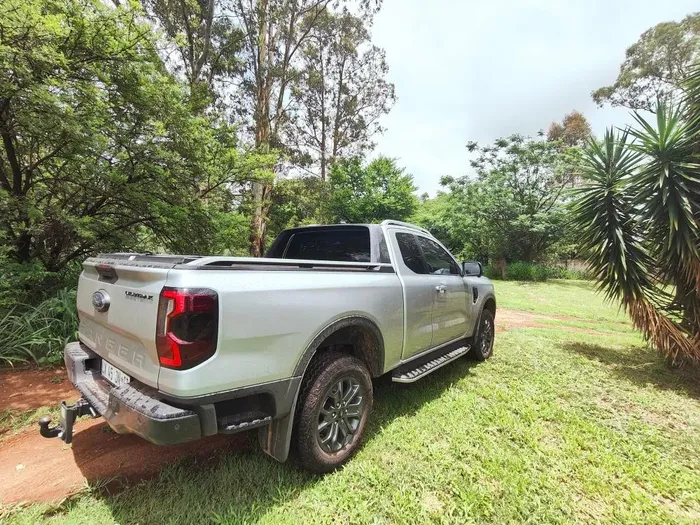
The Ford Ranger Wildtrak Supercab is powered by a 2.0-litre Bi-turbo diesel engine producing 154kW and 500Nm coupled to a 10-speed automatic transmission.
Image: Willem van de Putte
Verdict
Our long-term Ford Ranger Wildtrak Supercab has been a welcome and enjoyable companion during the time that we’ve had it.
It’s travelled to KZN, Free State, Northern Cape, North West and Limpopo and has taken a pounding at one or two off-road tracks.
It carried garden refuse, washing machines, tumble dryers, lounge suites, lawnmowers and student residential room furniture.
With a 3 500kg towing capacity, it has towed a caravan, off-road trailer, Venter trailer and a boat.
That’s why we have and love bakkies, and all of it was done without a day’s trouble.
Apart from fuel and regular tyre pressure checks, the oil level remained constant, as did the radiator coolant levels.
The only thing that I could fault was the storage area behind the seats.
It is hard plastic, and there are no places to tie things down; as a result, everything slides around.
When there’s only a cooler box for a braai or an overnight bag, it slides about at every corner and stop street. Something simple like a rubber mat would have made all the difference.
Keep in mind that the Supercab is strictly for two people, and if you can live with that, there’s the bonus of being able to claim the VAT back.
Related Topics: